Email Scammers Are On The Prowl

 Emails sent to scam good people out of their hard-earned money are as old as the Internet itself. So there should be no surprise that fraudsters are using their old tricks to confuse consumers during the switch from traditional credit cards to EMV chip cards to gain access to money that isn’t theirs.
Emails sent to scam good people out of their hard-earned money are as old as the Internet itself. So there should be no surprise that fraudsters are using their old tricks to confuse consumers during the switch from traditional credit cards to EMV chip cards to gain access to money that isn’t theirs.
The level of sophistication these individuals are using goes far beyond the typical Nigerian Prince scams that are lampooned in popular culture. Savvier phishing emails use the same logos, web addresses and aesthetic of emails you’ve previously received from your financial institution.
Bonnie Smyre, an Internet security expert, featured in a recent television report explains how the traditional phishing scams have been refreshed with the introduction of EMV technology.
"So now they're sending much more legitimate emails. It's hard to tell that they're fake. They often fake an email address, so it looks like it's from your bank. They use graphics from your bank. It looks very legit then they ask you, 'You need to update your information. Your card is on the way, but before it can take effect we need your personal and banking information to be updated'," said Smyre.
Similar to the phishing scam, is a new malware scam that is distributed through emails. Recipients are instructed to click on a link in the email in order to complete a request for a new EMV card. The goal is for you to click on the link, and by doing so, you’ll inadvertently download a keystroke logging malware that can steal personal information from your computer.
TechRepublic has recently put together 10 ways to spot a phishing email in today’s environment. They say there is no single technique that works all the time, but TechRepublic’s 10 tips should help you avoid falling victim to most email scams. Let’s look at five tips that should raise red flags in any email:
- Mismatched URL — Some scams seem legitimate, but if you hover your mouse over the email, and it’s hyperlinked to a different address, the message is probably malicious.
- Poor spelling and grammar — If a message is filled with spelling and grammar issues, there’s a very good chance it’s a phishing email.
- Personal information — Sirens should go off if your bank is asking for personal information that they already have (account number, birth date, etc.)
- Unsolicited correspondence — Did you even ask for a new EMV card? If not, treat the email as a potential hazard. Reach out to your financial institution at a number that you’ve used before to validate the questionable email.
- It doesn’t look right — Trust your gut. If it doesn’t seem or feel right, then it most likely isn’t. Again, check the truthfulness of any request by reaching out to the business that supposedly sent the emails to make sure any misgivings were correct.
For any scam, education and intuition are your best defense. If you feel uneasy about an email you received, pick up the phone and call the company contacting you. Don’t be part of the 10 percent of people who fall for scams like these. Best of luck and be sure to keep looking out for those red flags.
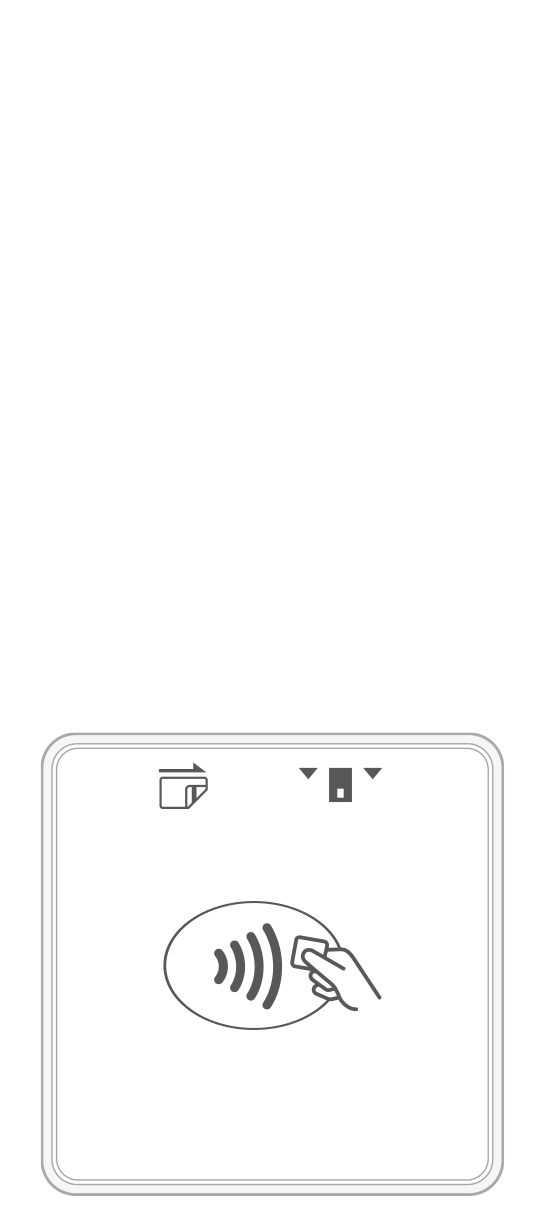 3-in-1 Reader | 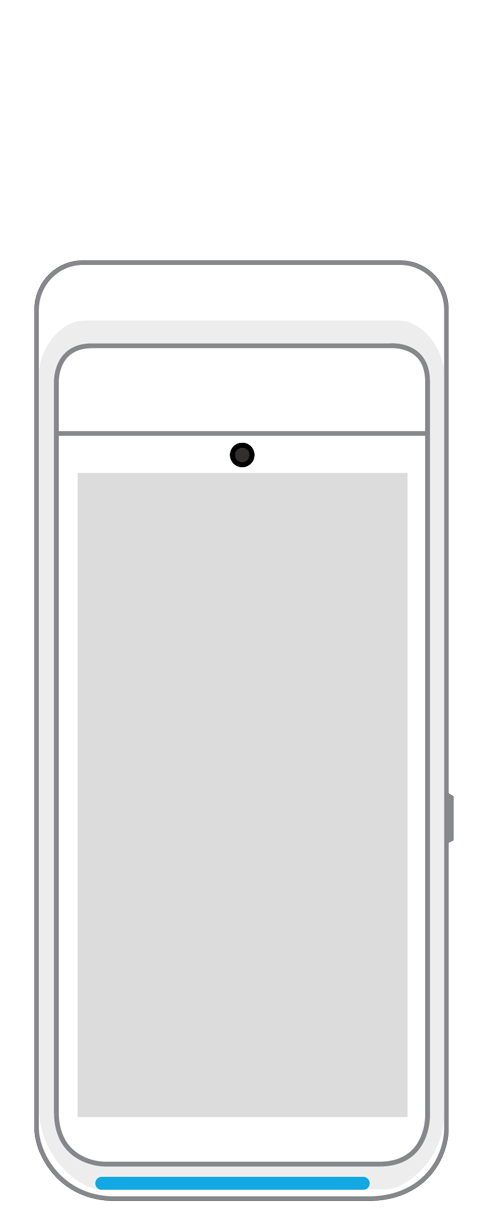 Terminal | 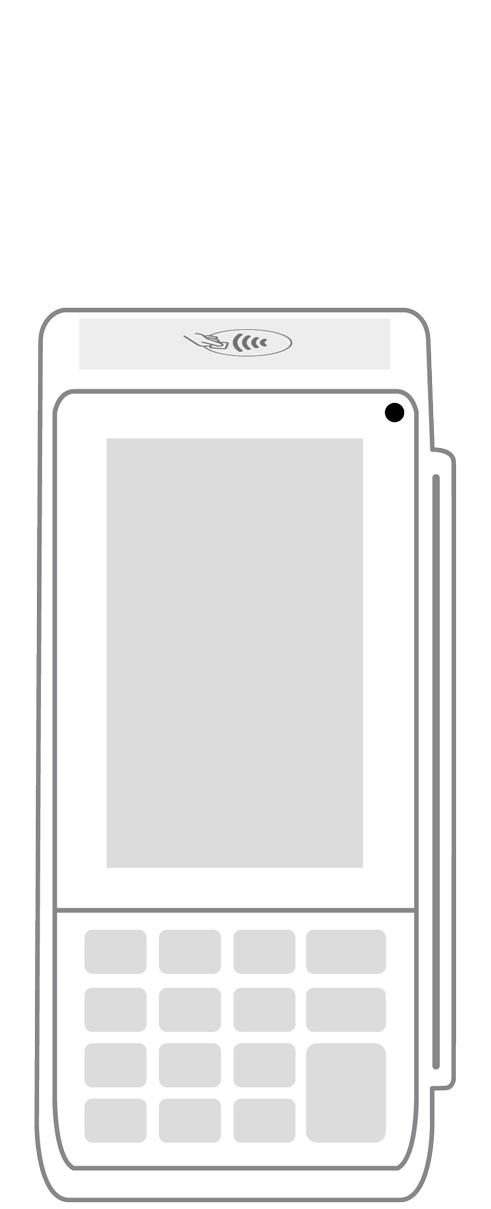 Keypad | 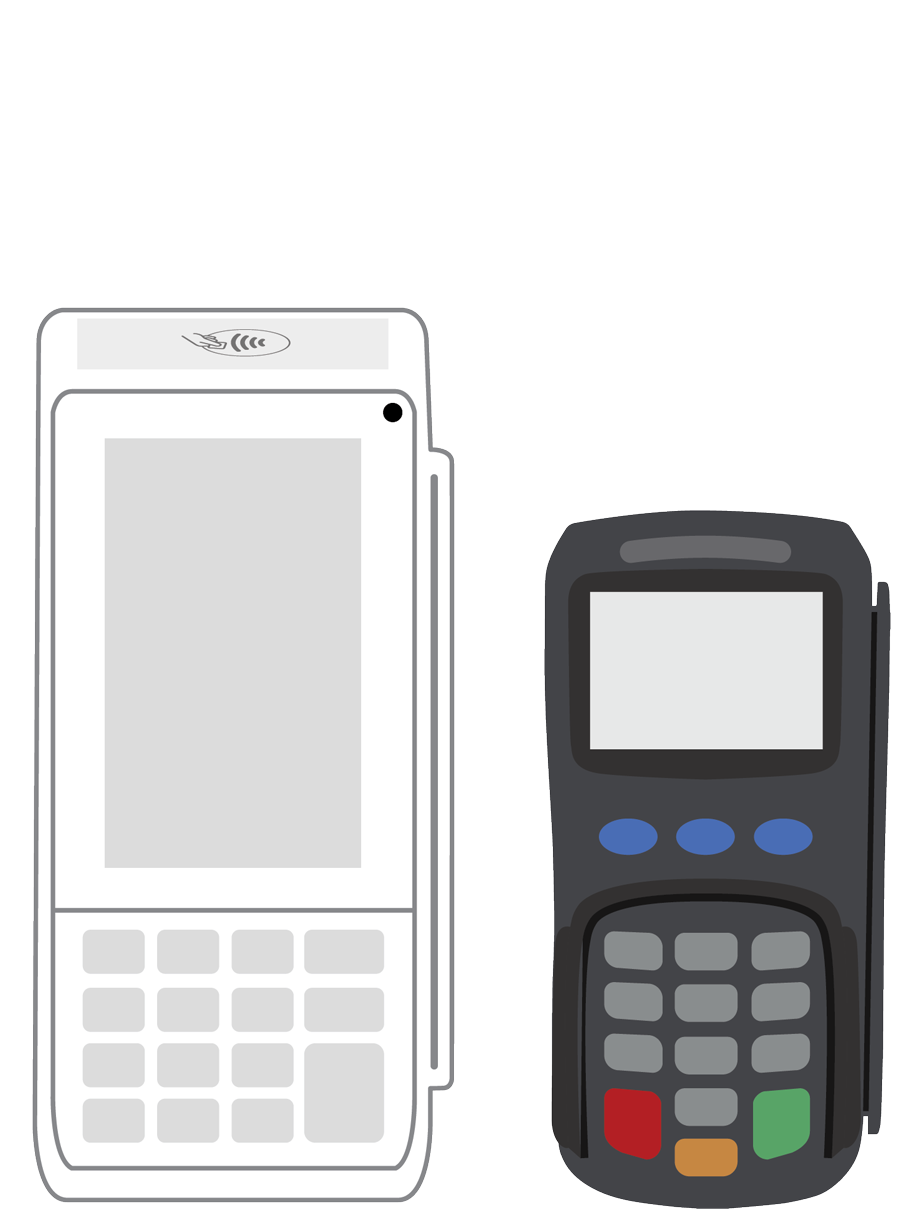 PINPad Pro |  Flex | 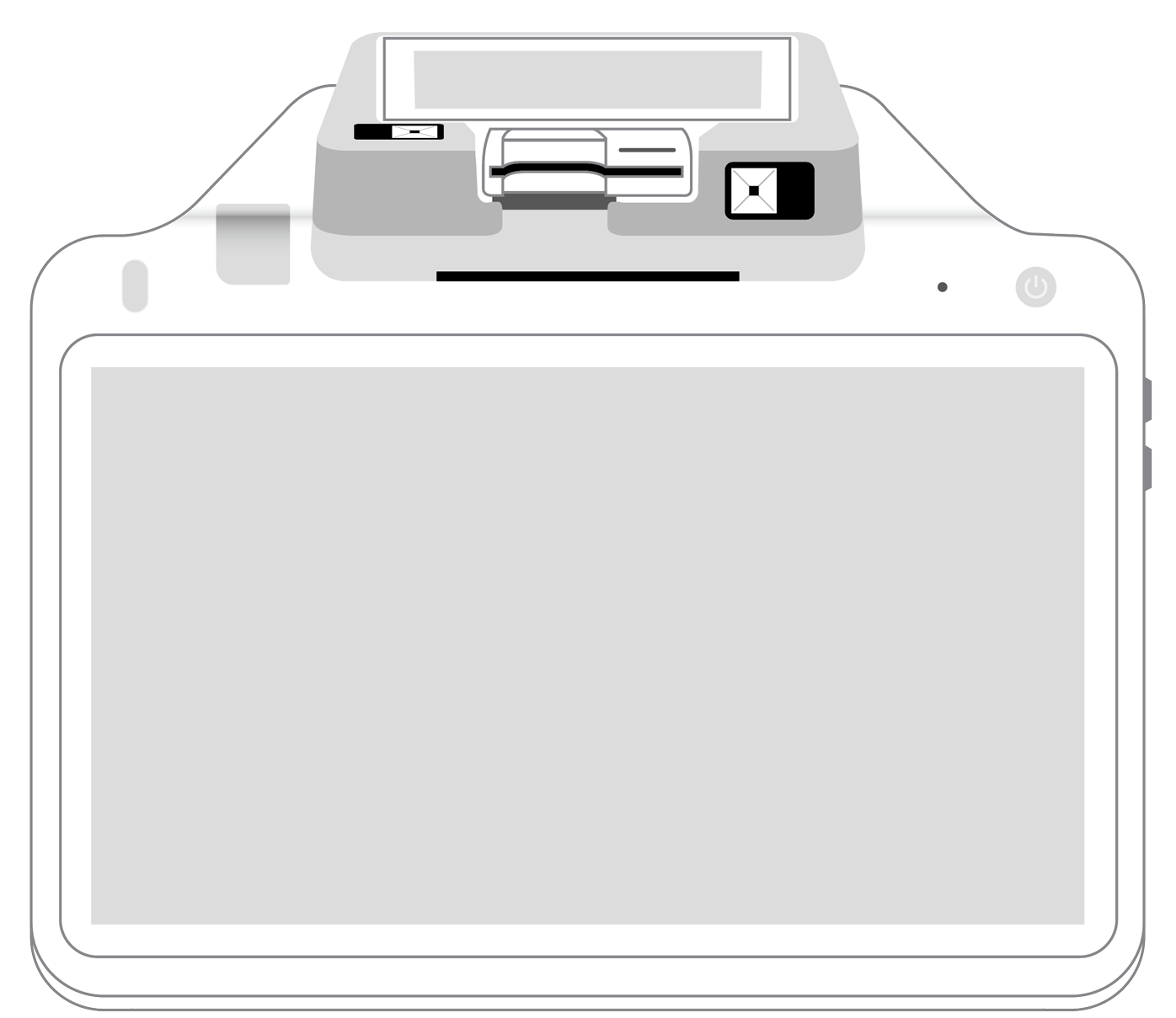 POS+ | |
|---|---|---|---|---|---|---|
Payment types | ||||||
EMV chip card payments (dip) | ||||||
Contactless payments (tap) | ||||||
Magstripe payments (swipe) | ||||||
PIN debit + EBT | ||||||
Device features | ||||||
Built-in barcode scanner | ||||||
Built-in receipt printer | ||||||
Customer-facing second screen | ||||||
External pinpad | ||||||
Wireless use | ||||||
Network | ||||||
Ethernet connectivity | With dock | |||||
Wifi connectivity | ||||||
4G connectivity | ||||||
Pricing | ||||||
Free Placement | ||||||